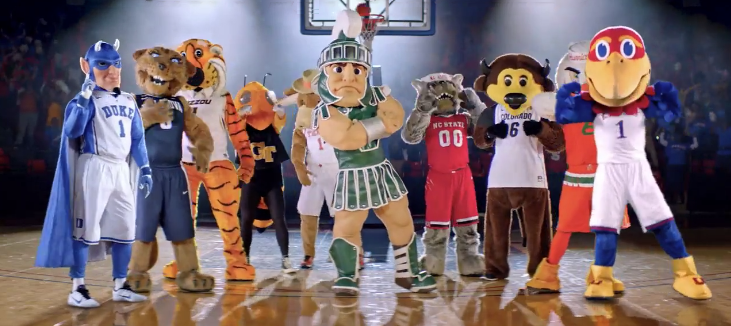
March Madness Mascot Deathmatch
Forget about Duke, Virginia, North Carolina or Gonzaga…
it’s the Iowa State Cyclones you should be picking to win it all.
Why?
There are many strategies in filling out your NCAA bracket, but until now, no one has given the “Mascot Method®” it’s due…
What’s the rationale, you ask?
A fight to the death, on a basketball court, with five of the actual team mascots (and not a guy in a latex suit). Also, they get to keep whatever armor, fur or skin; claws, fangs or weaponry available to them. We figure that’s only fair… you aren’t really much of a knight if you don’t have the sword and a suit of armor. However, we don’t give much credence to imaginary characters — otherwise St. Louis University basically would win the title every single season (see below).
Consider it gladiatorial combat:
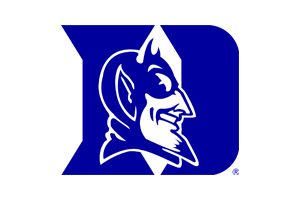
Why not Duke?
One might think the Duke’s Blue Devils might take it all every year, being “devils”, but in truth, the team was named after the French “les Diables Bleus”, a clever nickname for World War I Chasseurs Alpins — a French Alpine light infantry battalion. Formidable? Perhaps, but being French soldiers, you know that a white flag can’t be too far behind.
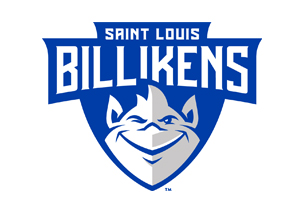
Keep dreaming.
St. Louis could almost be unstoppable because the “Billiken” is “the god of all things that ought to be” — except for the fact that he’s simply a fictitious character contrived by a Missouri art teacher named Florence Pretz, in a dream in 1908. By that standard, you could name your team the Captain Marvels and win every NCAA tournament.
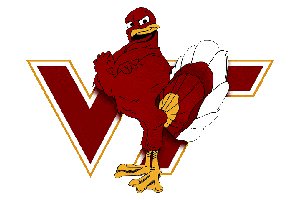
What the hell is that?
College mascots run the gamut with nicknames known only to their schools (i.e. Billikens). Try these:
Hokies (turkeys); Terrapins (turtles); Orangemen (an Indian hoax); Racers (horses); Catamounts (cougars); Gaels (Irish folk); Sooners (land rush families); Tar Heels (poor naval store workers) and Aggies (farmers).
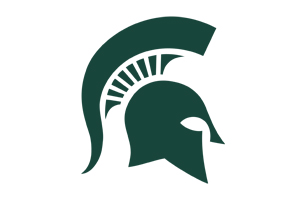
Spartans or Braves?
Or Knights, Raiders, Norsemen, Rebels and Pirates. This is really tough to call, but there is a reputable resource that can give us insight — the 2009 TV show, Deadliest Warrior. We stated the rules of engagement above. What can Indian braves do against a Spartan phalanx on a basketball court? We think the results speak for themselves.
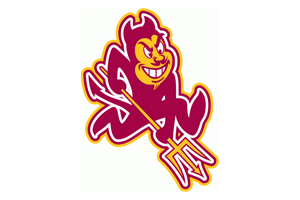
Why not Sun Devils?
You might think that this “devil” would work where Duke’s does not. You’d be wrong. “Sparky”, the Arizona State Sun Devil is actually the third mascot for the school (after Owls and Bulldogs) and the name for little whirlwinds that kick up dust in the hot Arizona desert. The best they can do is make some of the other mascots uncomfortable.
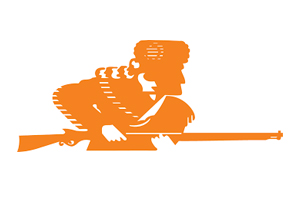
Guns vs. Knives…
What’s the old addage, “Don’t bring a knife to a gun fight”? This holds far too true for many of these menacing mascots. Pirates may get a musket and Raiders (masked outlaws) get 6-shooters, but Rebels have rifles and Volunteers, too… while the previously mentioned Blue Devils are still in existence today, armed with FAMAS assault rifles.
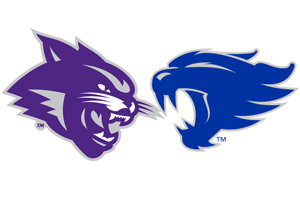
Cats vs. Cats.
In this year’s tournament, 4 teams use Bulldogs, but in two match ups — we get Cougars vs. Panthers and Wildcats vs. Wildcats. We looked to their respective logos for guidance, but found that it’s impossible to pick a winner — meaning BOTH death matches go down scratching and clawing with all sides losing in the end.
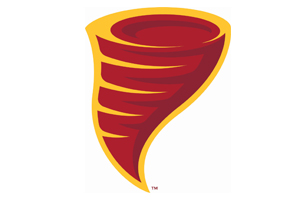
A force of nature.
Although it is true, that a cardinal does show up from time-to-time for Iowa State fans, “Cy” is only a sideline mascot because they couldn’t depict a 300 mph storm very well at games. Given that the school is going back to a tornado only logo, it would appear that the road to the Final Four and the Championship would begin and end with a category 5 twister.
Here’s the full bracket, see how your favorites fare in the Mascot Method®… you’ll be thanking us for the insight.
JSH&P is a small business branding agency in Cedarburg, Wisconsin — famous for creating memorable brands for those that can’t afford March Madness budgets.
p.s. > JSH&P also wants you to know that no mascots were actually harmed in the predictions detailed on this page.
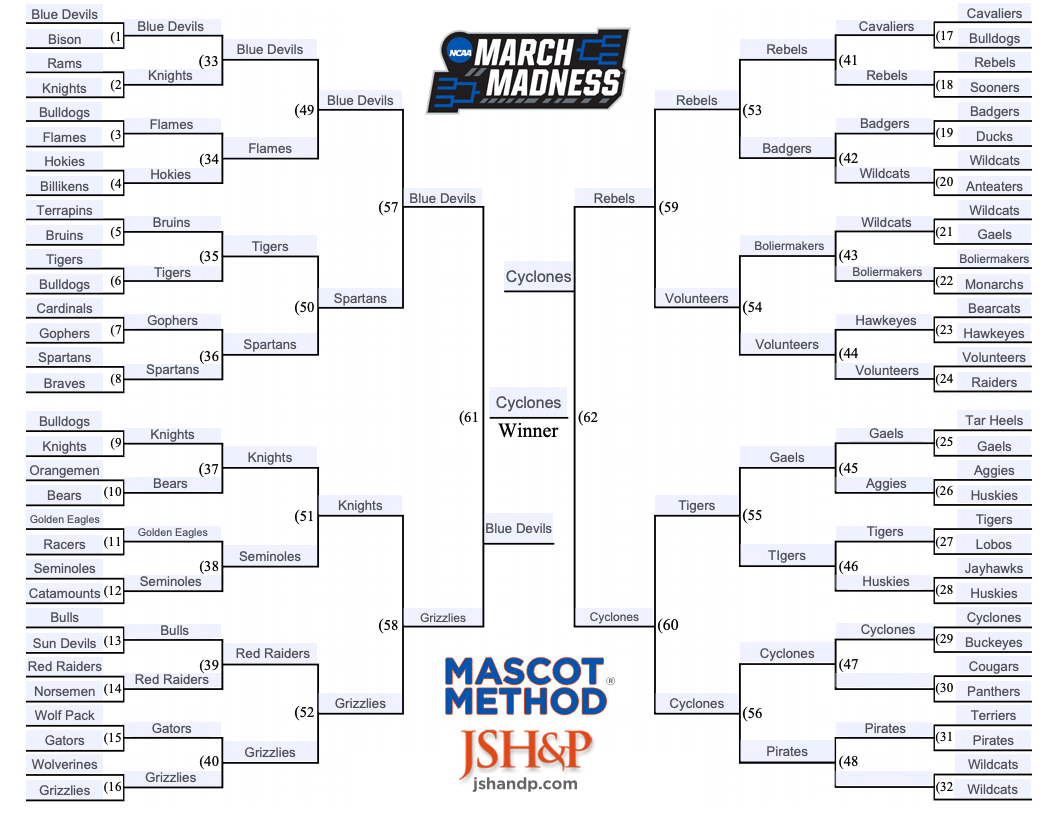








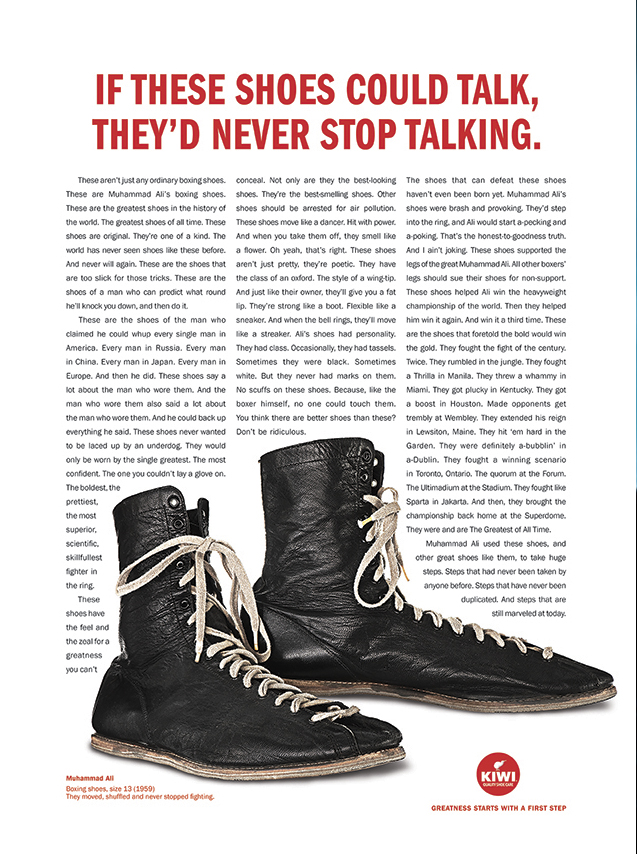
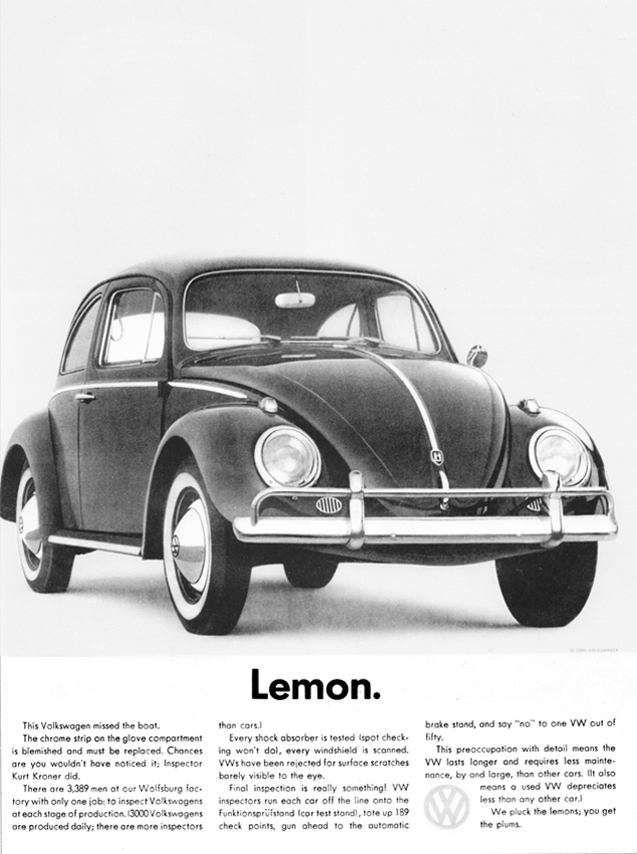
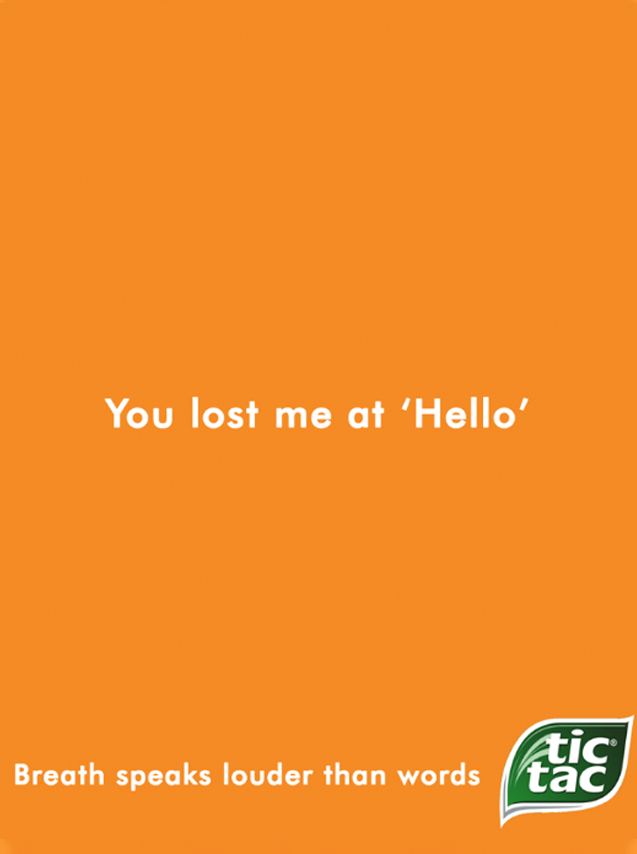
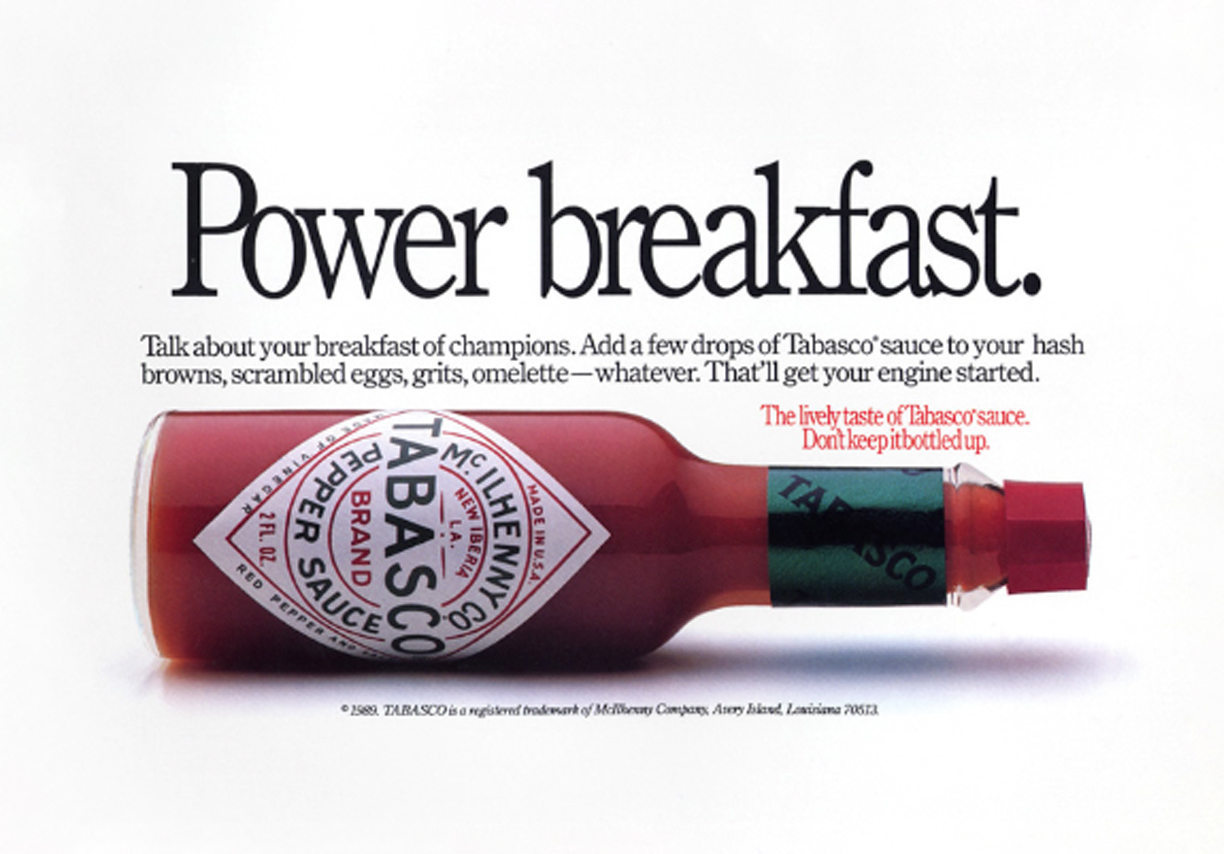
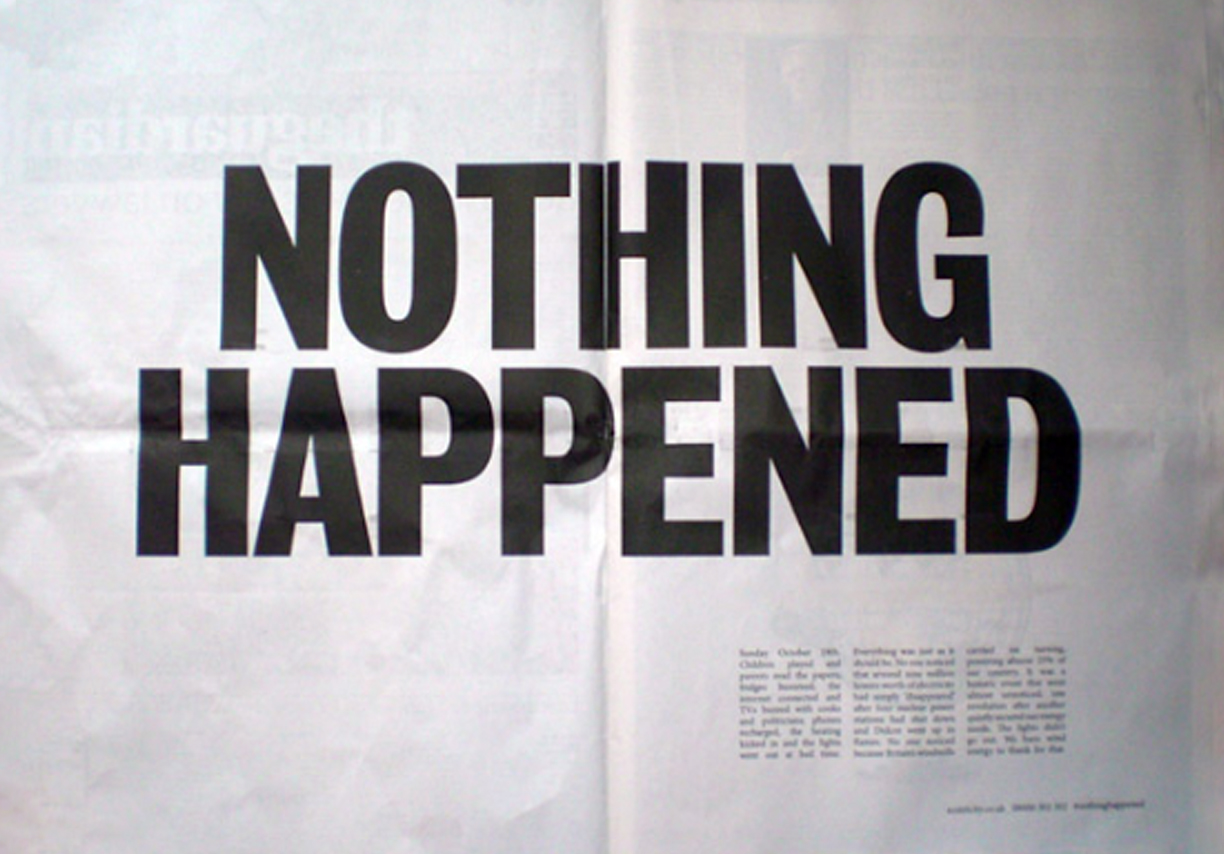
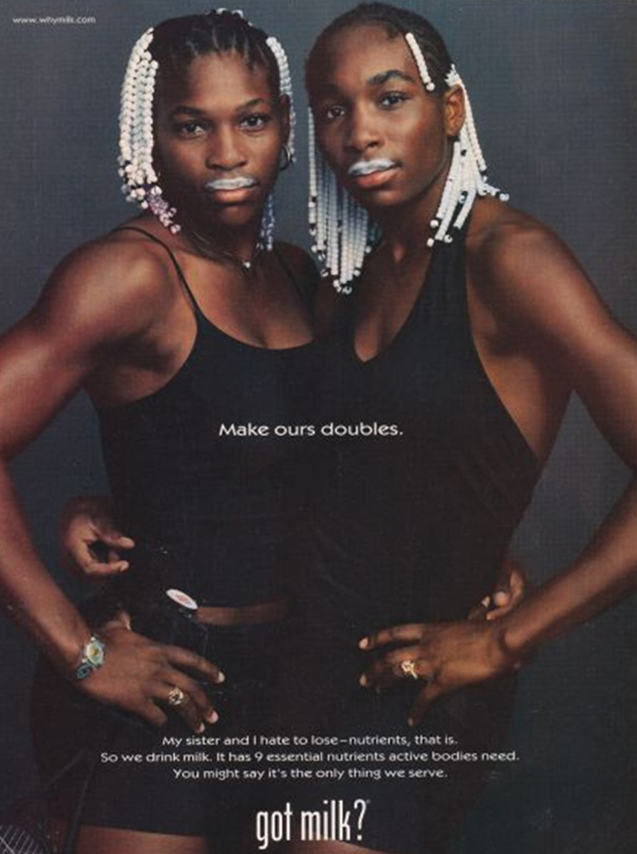
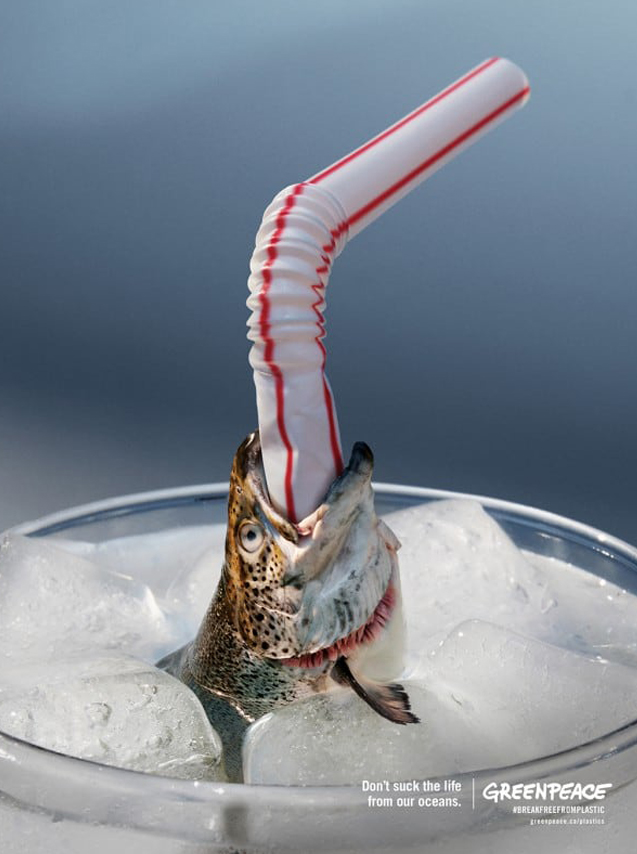
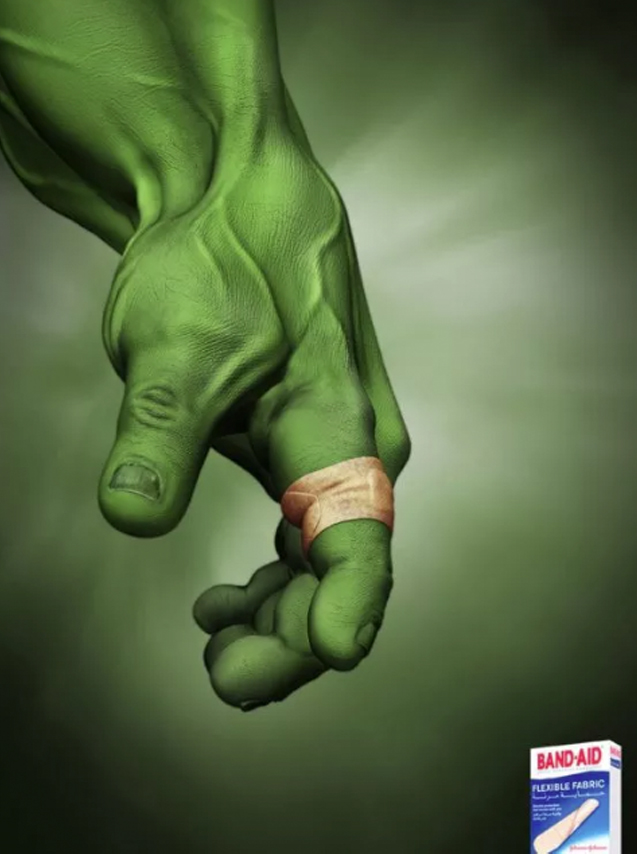
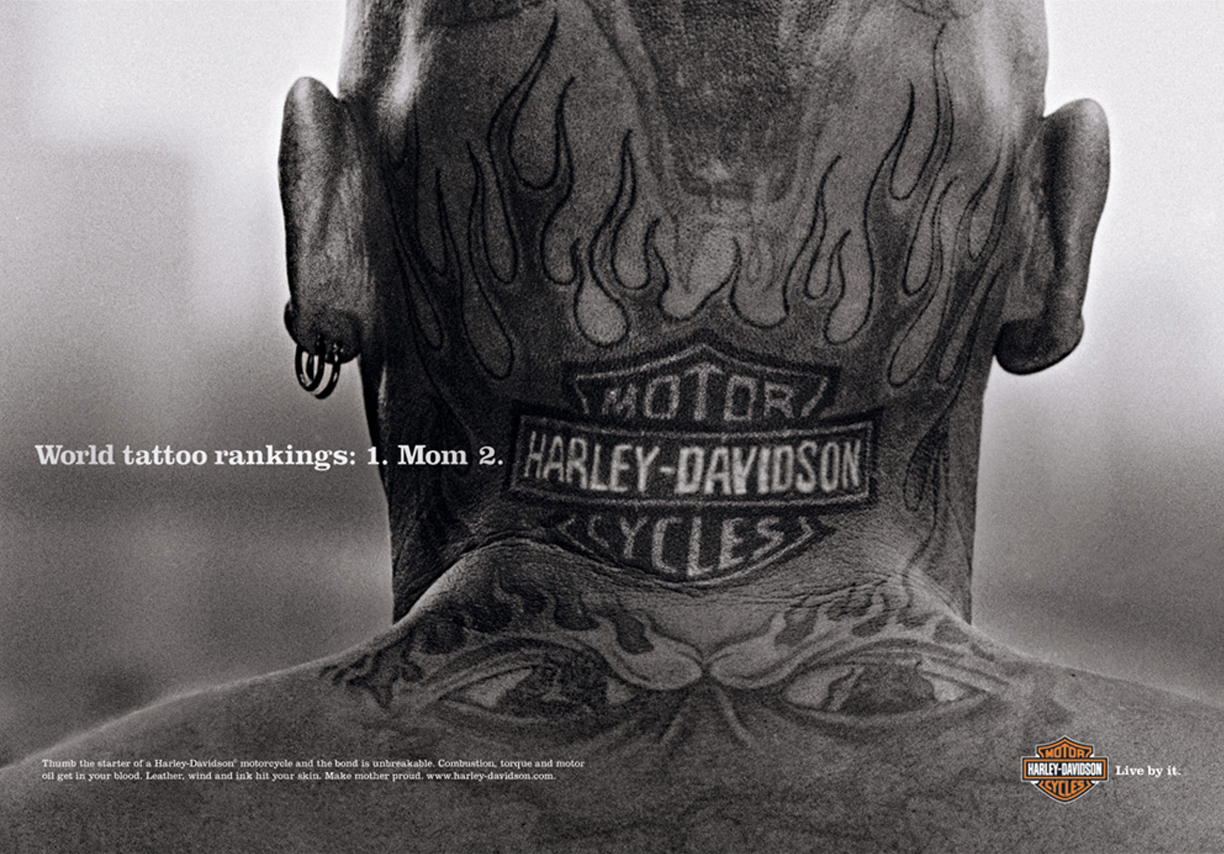
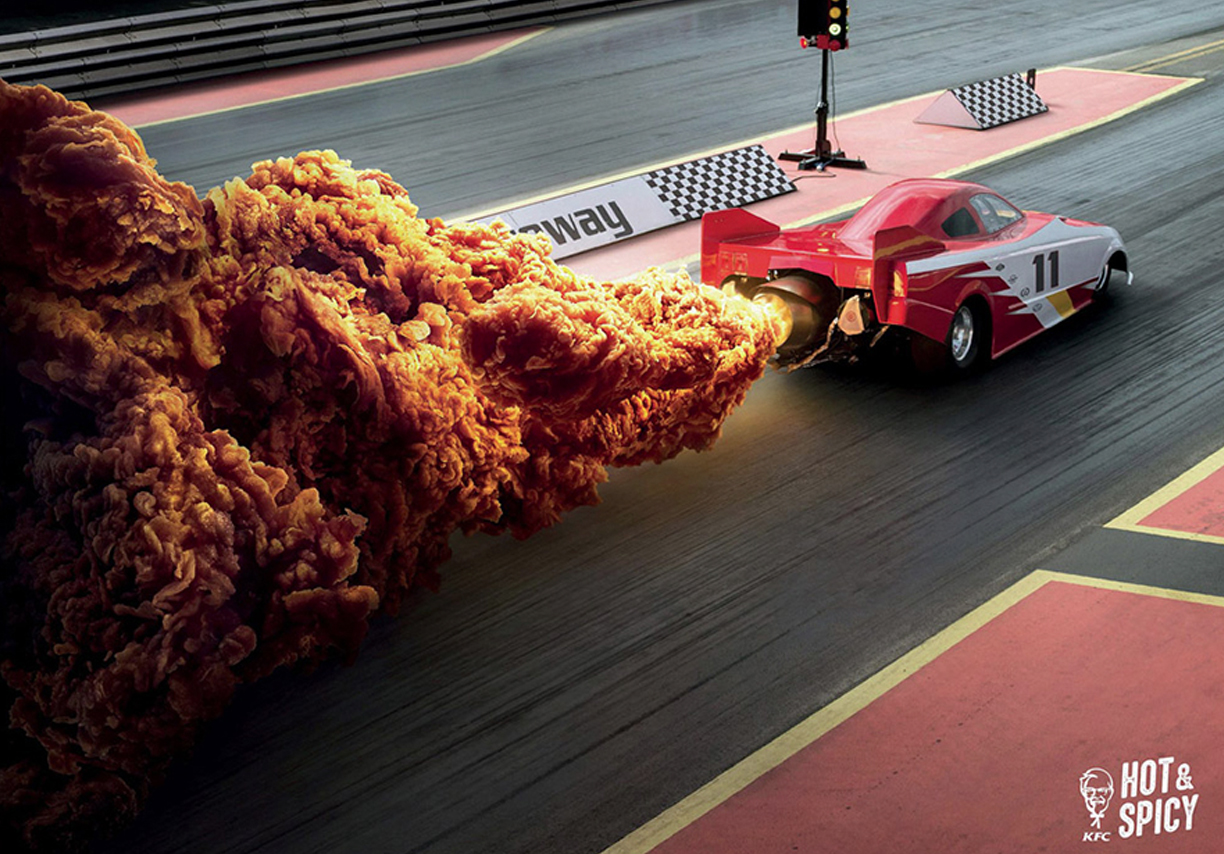
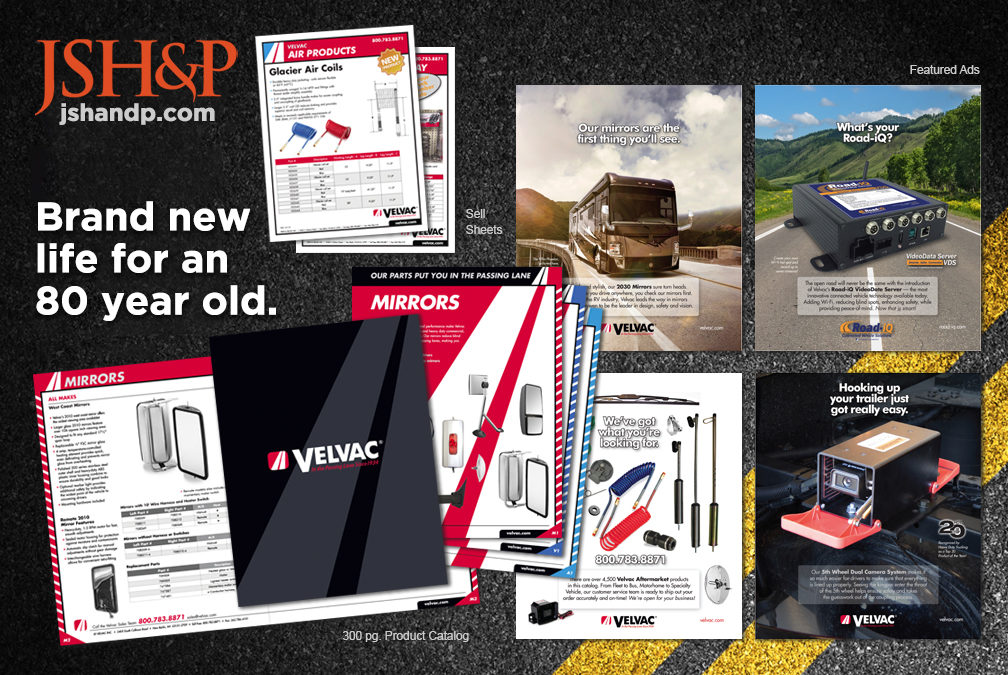
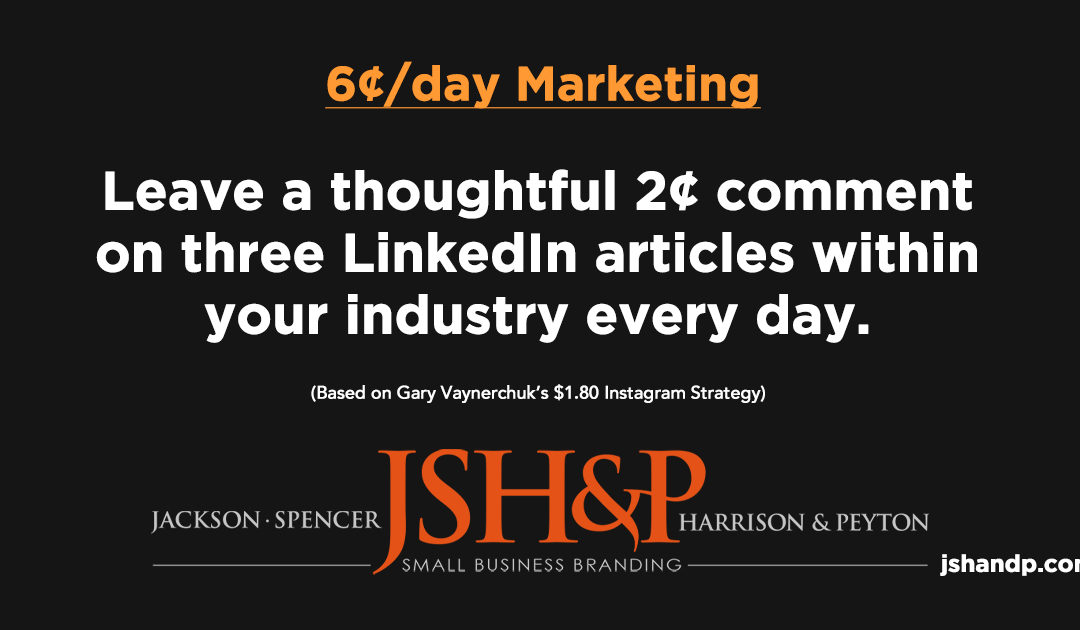
Recent Comments